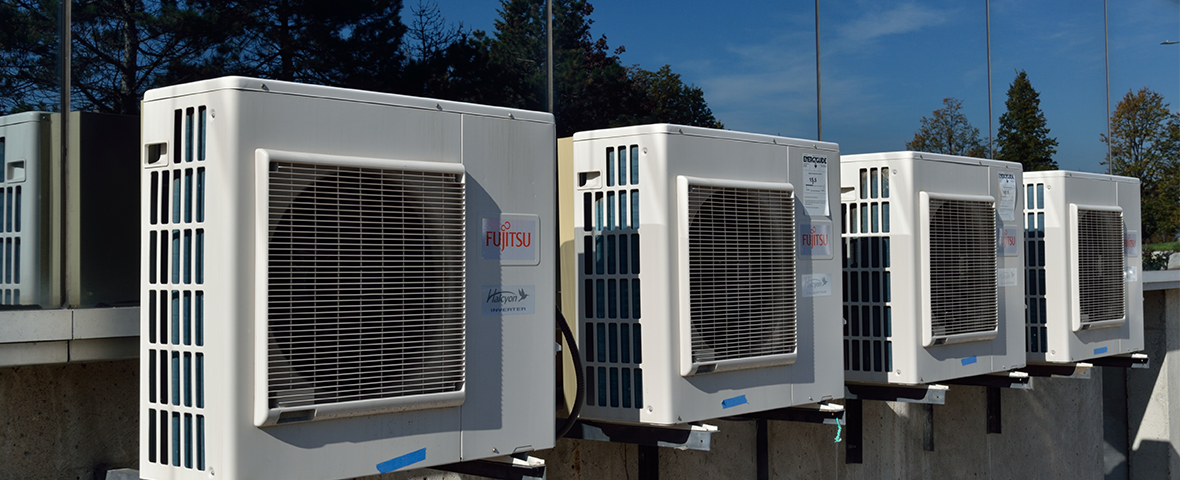Both preventative and predictive maintenance are scheduled works, designed to optimise the life of an asset and reduce costs associated with breakage. Work can be planned more effectively than time-pressured reactive maintenance, and productivity is improved across the site as the workplace environment is more stable.
Preventative maintenance
Planned preventative maintenance (PPM) is scheduled maintenance on an asset where service visits are carried out by a technician to avoid unscheduled breakdown and downtime. Under proactive asset management, each asset will have its own PPM programme, informed by combining the manufacturer’s maintenance recommendation, local conditions that may affect the asset and cause it to perform differently (such as the effects of hard water on plumbing assets, or HVAC load distribution across a site), relevant legislative requirements and the asset’s history and performance. CAFM software can reduce an FM’s planning time by scheduling the PPM for each asset and allocating work to operatives.
Most cars, for example, operate under a PPM programme with oil, water and parts being renewed or changed after an appropriate number of miles.
Preventative maintenance works well for the majority of organisations as it means works can be scheduled far in advance and paired with reactive works in the same location for efficiency. However, there is a risk of over-maintaining which can shorten the life of the asset (such as over-lubricating a bearing in a pump), use up spares unnecessarily and waste the time of the engineer where the work was not required. These are generally risks worth taking, but FMs could also work towards a predictive maintenance strategy.
Predictive maintenance
Predictive maintenance, or condition-based maintenance, uses data to determine the point when maintenance is necessary, minimising spare parts costs, system downtime and time spent on the work.
This can be done either through visual inspections, by checking for signs of wear; or more accurately through the use of a building management system (BMS) and sensors. The performance of an air conditioning unit connected to the BMS can be compared to pre-established limits, which will ascertain if it is working correctly or not. Readings outside of the limits will automatically alert the integrated CAFM software, creating a job and assigning an operative. Sensors can be placed next to any asset to monitor temperature, pressure, humidity, vibration frequency, and more. As these readings start to show deterioration or produce an abnormal result, then maintenance can be scheduled before any breakage occurs.
Predictive maintenance can be used as a segment of a wider asset management plan. For example, an organisation could decide to implement a run-to-fail policy on non-essential assets with short life or assets with prohibitive designs / no available parts; PPM schedules on others and predictive maintenance on the most critical assets. In this way, FMs can create the most efficient data-driven asset management strategy for their own organisation with reporting provided by the CAFM system.
For more information about how QFM, Service Works Global’s facilities and asset management software can help improve asset life at your organisation, contact us for a chat or a demonstration.
Keep up to date on the latest industry and technology developments: sign up to receive Service Works’ blog delivered straight to your inbox:







